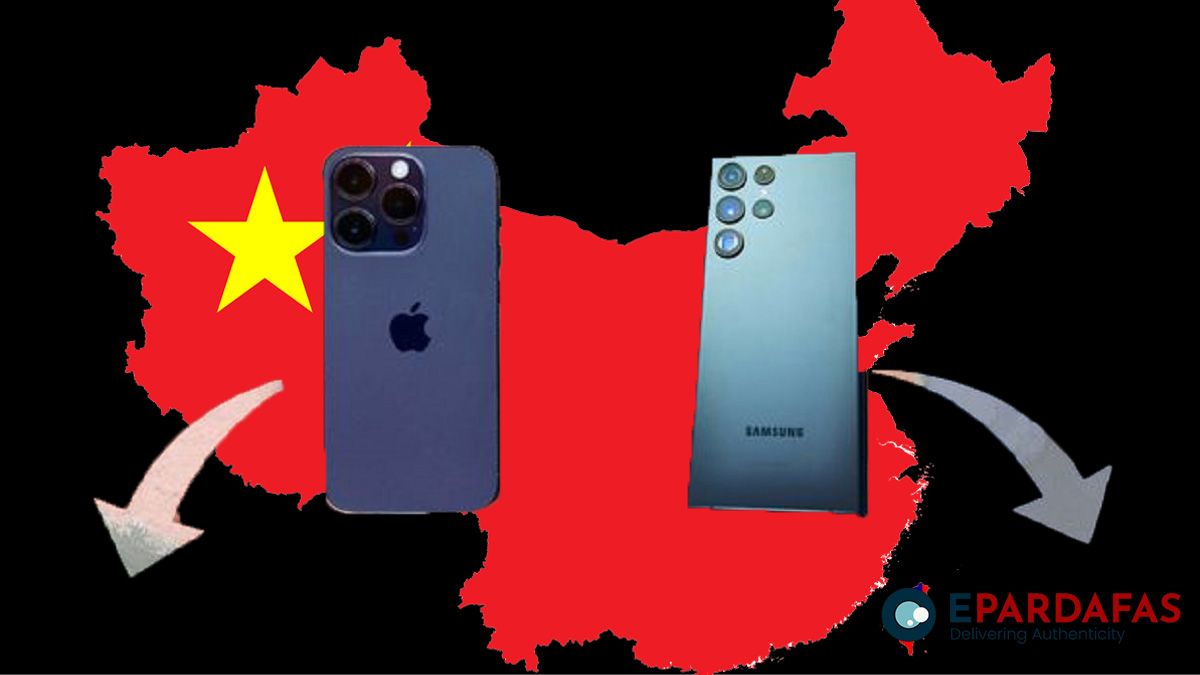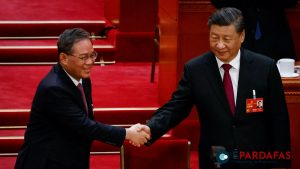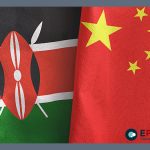
Harsh policies, stricter norms forcing Apple and Samsung out of China
In Early 2008, tech giant Samsung had scattered its operations all over China. But 15 years later the South Korean company has relocated most of its manufacturing units out of China to other South Asian countries like Vietnam. In the last few years American smartphone giant Apple, which so far had claimed to have a symbiotic relation with China, has started making similar moves to diversify its operations. Both Samsung and Apple are reshaping their businesses to catch up with the rapidly shifting global supply chain and harsh ‘Covid’ policy in China is acting as a major catalyst for their exodus.
In 2008, Samsung had set up a manufacturing unit in Bac Ninh region of Vietnam to reduce its dependence on China. Tech industry experts believed that this was a wise move by Samsung that gave it access to cheaper labor and provided the company with a cushioning from whatever friction it faced by operating from China. By the time Covid pandemic hit the world In December 2019, with its origin believed to be from China, Samsung had already moved a huge chunk of its operations out of China, insulating the tech company from aftershocks due to supply chain disruption caused by large scale lockdown in China.
The last decade was not easy for Samsung to meet the growing demand and match stiff competition from local smartphone rivals which led to market share of Samsung to take a nosedive in China. Meanwhile, Samsung was swiftly moving its smartphone operations out of China since 2013 and by 2021 it had already moved 70% of its workforce to other South Asian countries. Samsung still kept its expansive chip manufacturing unit “Samsung Semiconductor” operational in China. The timely evacuation from China shielded Samsung from enormous tariffs levied upon the Chinese made products by the then Trump administration. By 2019, Samsung had shut down its last phone manufacturing unit in China to save itself from hassles faced due to ongoing tussle between China and the Western world.
One year later when the pandemic hit the world, another tech giant company, Apple, followed suit to move its operations out of China. China had a very strict “zero tolerance” Covid policy that led to a serious disruption in the supply chain as most of the local companies suffered drastically. Apple too was pushed against the wall in these tough times as it started considering moving its operations elsewhere where it would not face such hardships.
Apple’s plans gained momentum when one of its largest iPhone manufacturing plants in Guangzhou, China was rocked by protests by local workers in late 2022. The plant workers were stressed out due to strict Covid lockdowns for weeks, took to streets and vandalized the Apple plant.
The event came as a jolt to Apple’s plan to do business in China as it no longer felt safe in having so much of its business tied up in one place.
While there were different events that propelled Samsung and Apple to move its business out of China there were some new hubs of opportunities coming from nearby South Asian countries such Vietnam and India. These countries had foreseen that now both Samsung and Apple are looking to start new ventures and build manufacturing hubs outside China.
Multiple grants, tax reductions and other incentives were offered that Apple and Samsung could hardly overlook and to top that a highly skilled workforce was available for their assistance at much cheaper rate.
Samsung pays 10% of income tax in Vietnam versus the standard 25% in China and Samsung manufactures half of its smartphones in Vietnam. Apple too has its operations in Vietnam as it manufactures Apple watches and iPads in the country. In Apple’s most recent list of its top 200 suppliers 25 are from Vietnam, which is a significant rise in percentage compared to what it was four years ago. According to Morgan Stanley 20 to 30% of all Samsung smartphones are now being manufactured in India, a country which is emerging as a global market for smartphone manufacturing. In 2022, Samsung opened its largest smartphone factory near New Delhi, India.
This move has enabled Samsung to become a huge success in the rapidly evolving smartphone market of India, a second largest in the world behind China. The early move advantage helped Samsung capture 20% of market share in India while Apple lagged behind at 3.5%. Apple is now doing a fast catch up in 2023 as CEO Tim Cook recently stated that he finds India to be an incredibly exciting market and is of a major focus for him.
Apple had announced that it plans to manufacture a portion of its iPhone 14 models in India, which is a significant move for the American company to diversify its business and at the same time an attempt to move its base out of China. Tech experts believe that by bolstering its manufacturing capabilities in India Apple can easily sell their products in nearby Southeast Asian markets and would have an even more resilient supply chain.
According to supply chain analysts, Apple aims to ship 40 to 40% of its iPhones from India, a number which was in single digits in 2022. At home, Apple has also signed a multi-billion dollars deal with US Chipmaker Broadcom that will enable it to source critical chip parts from local manufacturers across the United States.
But even as Samsung and Apple are strategically moving out of China by spending billions to establish more manufacturing plants somewhere else experts believe that manufacturers still would have to depend on suppliers in China. Politically too these companies need to delicately maneuver their operations and still cannot completely exit China in order to diversify their supply chain. Samsung and Apple are trying to de-risk their businesses but that will not happen overnight and also the bigger picture of the West versus China needs to understand.
















Comments